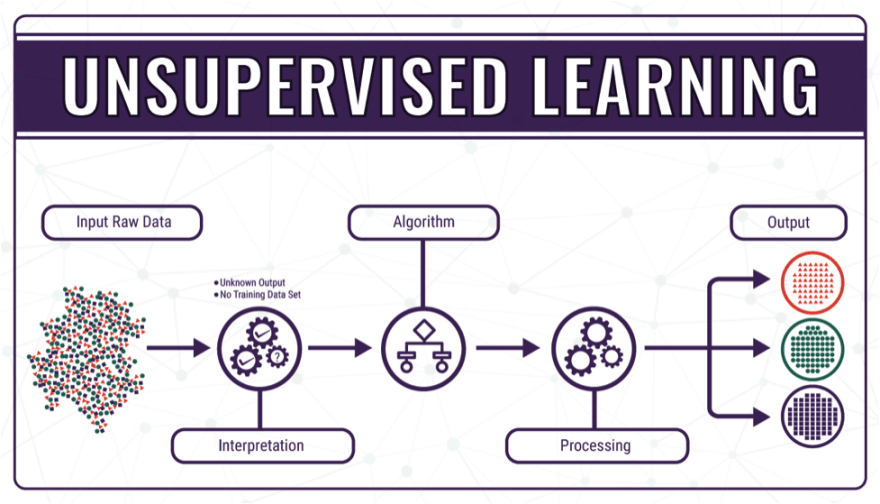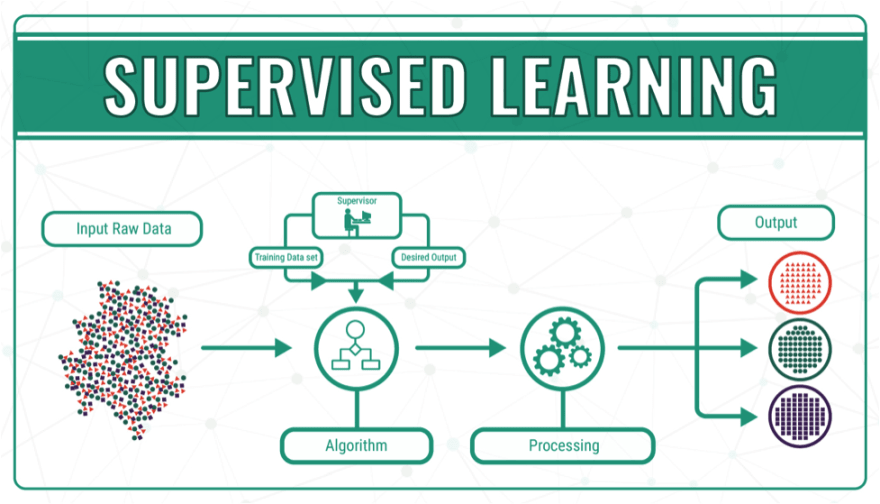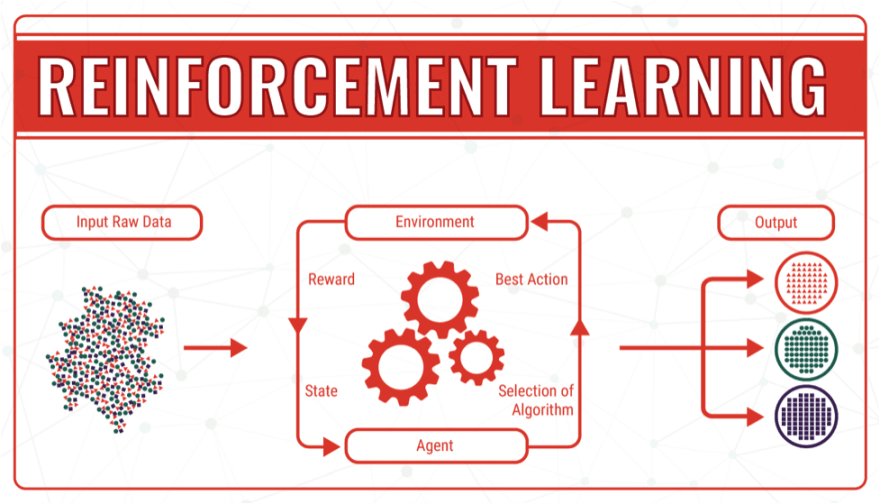This content originally appeared on DEV Community and was authored by Ayush Goel
Machine learning is the science of getting computers to act without being explicitly programmed. In the past decade, machine learning has given us self-driving cars, practical speech recognition, effective web search, and a vastly improved understanding of the human genome. Machine learning is so pervasive today that you probably use it dozens of times a day without knowing it.Many researchers also think it is the best way to make progress towards human-level AI.
We see daily news stories that herald new breakthroughs in facial recognition technology, self driving cars or computers that can have a conversation just like a real person. Machine Learning technology is set to revolutionise almost any area of human life and work, and so will affect all our lives, and so you are likely to want to find out more about it.
Model is nothing but just a mathematical equation for eg y=mx+c where y=output, x=input and m&c are parameters and training the model just means generating the parameters for the equation.
- We have to identify for what type of data, which algo we have to use to get the ML model, we can also combine many algos to get the best model for us.
- Train:to understand how to calculate Test:to check if the machine can calculate.
TYPES OF MACHINE LEARNING?
Machine Learning can be classified into 3 types of algorithms.
1. Supervised Learning
2. Unsupervised Learning
3. Reinforcement Learning
SUPERVISED LEARNING:
It is defined by its use of labeled datasets to train algorithms that to classify data or predict outcomes accurately. As input data is fed into the model, it adjusts its weights until the model has been fitted appropriately, which occurs as part of the cross validation process. Supervised learning helps organisations solve for a variety of real-world problems at scale, such as classifying spam in a separate folder from your inbox.
Supervised learning uses a training set to teach models to yield the desired output. This training dataset includes inputs and correct outputs, which allow the model to learn over time. The algorithm measures its accuracy through the loss function, adjusting until the error has been sufficiently minimised.
Supervised learning can be separated into two types of problems when data mining -- classification and regression:
Classification:
It uses an algorithm to accurately assign test data into specific categories. It recognises specific entities within the dataset and attempts to draw some conclusions on how those entities should be labeled or defined. Common classification algorithms are linear classifiers, support vector machines (SVM), decision trees, k-nearest neighbour, and random forest, which are described in more detail below.
Regression:
It is used to understand the relationship between dependent and independent variables. It is commonly used to make projections, such as for sales revenue for a given business. Linear regression, logistical regression, and polynomial regression are popular regression algorithms.
UNSUPERVISED LEARNING:
It uses machine learning algorithms to analyse and cluster unlabelled datasets. These algorithms discover hidden patterns or data groupings without the need for human intervention.
Its ability to discover similarities and differences in information make it the ideal solution for exploratory data analysis, cross-selling strategies, customer segmentation, and image recognition.

Unsupervised learning models are utilised for three main tasks—clustering, association, and dimensionality reduction.
Clustering:
It is a data mining technique which groups unlabelled data based on their similarities or differences. Clustering algorithms are used to process raw, unclassified data objects into groups represented by structures or patterns in the information. Clustering algorithms can be categorised into a few types, specifically exclusive, overlapping, hierarchical, and probabilistic.
Association rule:
It is a rule-based method for finding relationships between variables in a given dataset.These methods are frequently used for market basket analysis, allowing companies to better understand relationships between different products. Understanding consumption habits of customers enables businesses to develop better cross-selling strategies and recommendation engines. Examples of this can be seen in Amazon’s “Customers Who Bought This Item Also Bought” or Spotify’s "Discover Weekly" playlist.
Dimensionality reduction:
While more data generally yields more accurate results, it can also impact the performance of machine learning algorithms (e.g. overfitting) and it can also make it difficult to visualise datasets. Dimensionality reduction is a technique used when the number of features, or dimensions, in a given dataset is too high. It reduces the number of data inputs to a manageable size while also preserving the integrity of the dataset as much as possible. It is commonly used in the preprocessing data stage.
REINFORCEMENT LEARNING:
In reinforcement learning, an artificial intelligence faces a game-like situation. The computer employs trial and error to come up with a solution to the problem. To get the machine to do what the programmer wants, the artificial intelligence gets either rewards or penalties for the actions it performs. Its goal is to maximise the total reward.
Although the designer sets the reward policy–that is, the rules of the game–he gives the model no hints or suggestions for how to solve the game. It’s up to the model to figure out how to perform the task to maximise the reward, starting from totally random trials and finishing with sophisticated tactics and superhuman skills. By leveraging the power of search and many trials, reinforcement learning is currently the most effective way to hint machine’s creativity. In contrast to human beings, artificial intelligence can gather experience from thousands of parallel gameplays if a reinforcement learning algorithm is run on a sufficiently powerful computer infrastructure.
CONCLUSION:
In this blog, I have presented you with the basic concepts of Machine Learning and I hope this blog was helpful and would have motivated you enough to get interested in the topic.
This content originally appeared on DEV Community and was authored by Ayush Goel
Ayush Goel | Sciencx (2021-05-16T18:19:49+00:00) INTRODUCTION TO MACHINE LEARNING. Retrieved from https://www.scien.cx/2021/05/16/introduction-to-machine-learning/
Please log in to upload a file.
There are no updates yet.
Click the Upload button above to add an update.





